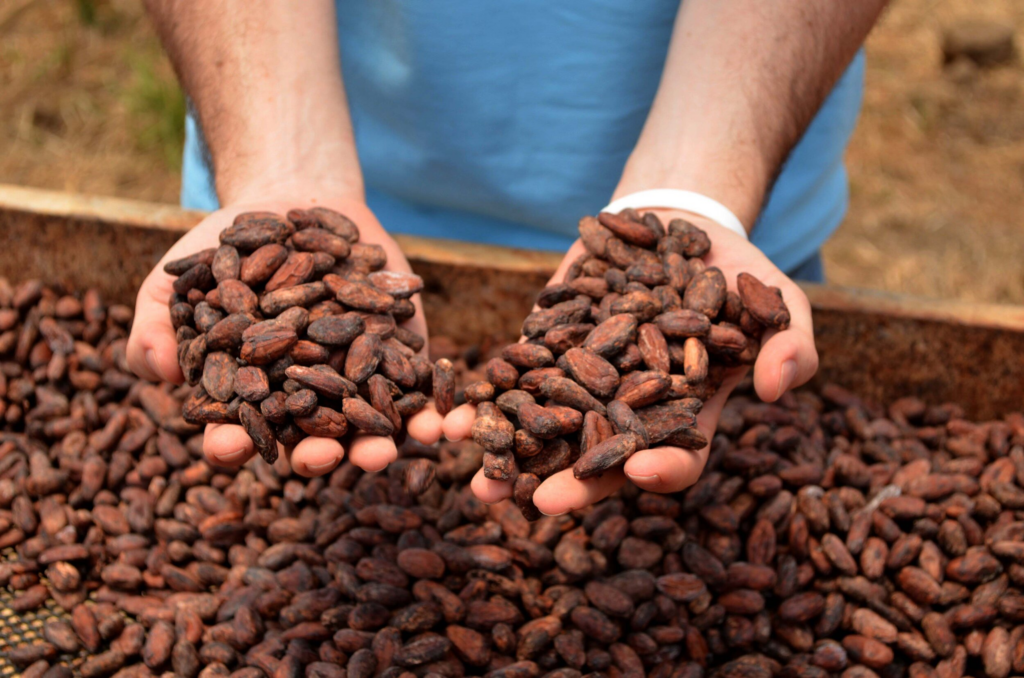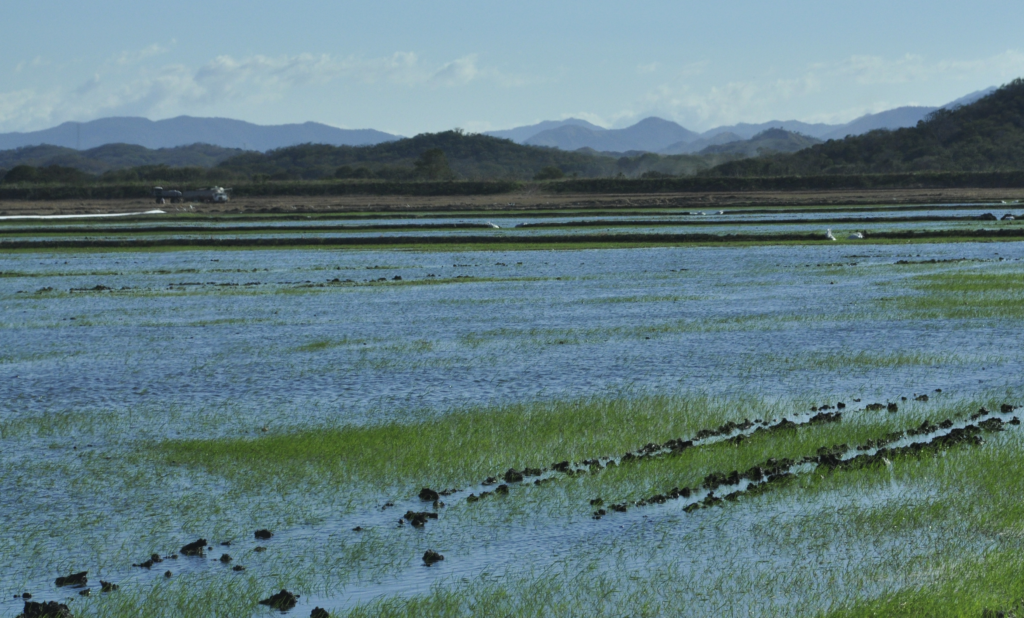
African Palm Oil

In 2020, Costa Rica maintained its stance as the largest exporter of palm oil in Central America, generating around $148.4 million USD, with most of it going to the Netherlands and Mexico. A recent development in Costa Rica, the palm oil industry has deep roots in the fruit business. In the 1940s, The United Fruit company faced crisis, so to maintain profits, they transitioned over to palm oil. It was quickly found that palm oil was a cheap substitute for more expensive fatty oils such as cocoa butter, and it quickly became a hugely demanded product worldwide. This explosion in demand has led to massive amounts of deforestation and monoculture in Central America, taking over land that were previously forested or rice farms. The fruit is harvested from the trees using spades and delivered to the processing mills in under 24 hours. At the mills, the fruit bunches are separated into mill effluent, empty fruit bunches, and a mixture of kernel, fibers, and oils, though the fruit bunches are the most important for extracting the oil. Once the crude oil is extracted, it is then shipped to refineries around the world.
https://oec.world/en/profile/bilateral-product/palm-oil/reporter/cri
Cacao/Chocolate


The harvesting of cacao is a historical practice that dates back to the indigenous tribes of Central America, and became a major contributor to the region’s economy when the Spanish colonizers learned about it in the 17th century. Through time, cacao on the Osa has typically been grown in small-scale farms and family plots. As the country-wide focus on sustainability grew, these farms evolved to be less monocultured and they now explore various routes to transform the cacao into sellable chocolate. Cacao is harvested as a raw fruit, and processed in various ways to reach the final product of sellable chocolate. This involves some version of drying and grinding the fruit into a powder, and adding other ingredients to make it into the final bar form. Many farms create a chocolate experience, giving tours and then having stores on site where the final chocolate product is sold, usually to tourists. Some of these include the Osa Cacao Chocolate Factory and CocoaEthika. Chocolate can also be found in unaffiliated tourist shops around the country.
Eco Tourism

A major source of Costa Rica income comes from the sale of experiencing all that this beautiful country has to offer. With large swaths of protected forested land with beautiful land features such as volcanoes, beaches, and rainforest, an abundance of rare species, and sustainable agriculture, there is something for every outdoorsy person. Whether it be a wildlife tour, a hike, a tour of a chocolate or coffee factory, or sport excursions such as surfing, horseback riding, ziplining, and more, Costa Rica offers it all. This is a booming industry that allows the country to boast its strong focus on sustainability, thus allowing it to make sustainability profitable and create a huge job market for the locals. In addition to paying for the experience, the tourists also must in turn pay for lodging and food, thus boosting multiple sectors of the economy. The Osa specifically benefits from this industry due to the Corcovado National Park, and boasting the title as the most biologically intense place on the planet.
Rice

A major food staple in the country, growing rice preceded the boom in palm oil plantations. While the number of rice farms are dwindling due to transition over to the more profitable palm oil farms, this still remains a practice on the peninsula. One such farm is located in Selva Buena. However, the rice grown here is not nearly enough to satiate the country’s appetite for it, with internal production only covering national consumption for half a year. While Costa Rica exports $7.2 million USD of rice each year, it imports around $73.4 million USD. A large reason the country doesn’t expand to satiate the country’s own need for rice, aside from converting to palm oil farming, is to preserve the country’s natural areas rather than farming the land. Once rice has been harvested from the paddy, it does through a rice mill, where the rice is husked, polished, separated, and bagged. It is then ready for shipping.
https://oec.world/en/profile/bilateral-product/rice/reporter/cri
https://rice-processing.com/rice-processing-steps-from-pre-planting-to-post-production.html
Bananas

The banana industry in Costa Rica has an unfortunate origin. A native species of Asia, bananas were introduced to the country in the 1890s by Keith Minor, an entrapenuer looking to grow bananas next to the newly built transnational railroad. When bananas exploded in popularity around 1899, the United Fruit Company swooped in and controlled production in many parts of Central and South America. The company removed large swaths of forest to convert the land to either plantations or dwellings for the people working on these plantations. When the company finally did leave Costa Rica in the 1980s, they left the soil exhausted and thousands of acres depleted of its natural state. Since then, banana demand is still high, with Costa Rica being the 3rd largest exporter of bananas in the world (netting about $1.23 billion USD), with most of those bananas going to the US. Many of the sources nowadays, however, are smaller farms with a big focus on restoring the soil and farming more sustainably, such as the Osa Verde Farm. Once harvested, bananas are carefully packed and shipped in refrigerated containers to preserve their freshness until they reach their destination.